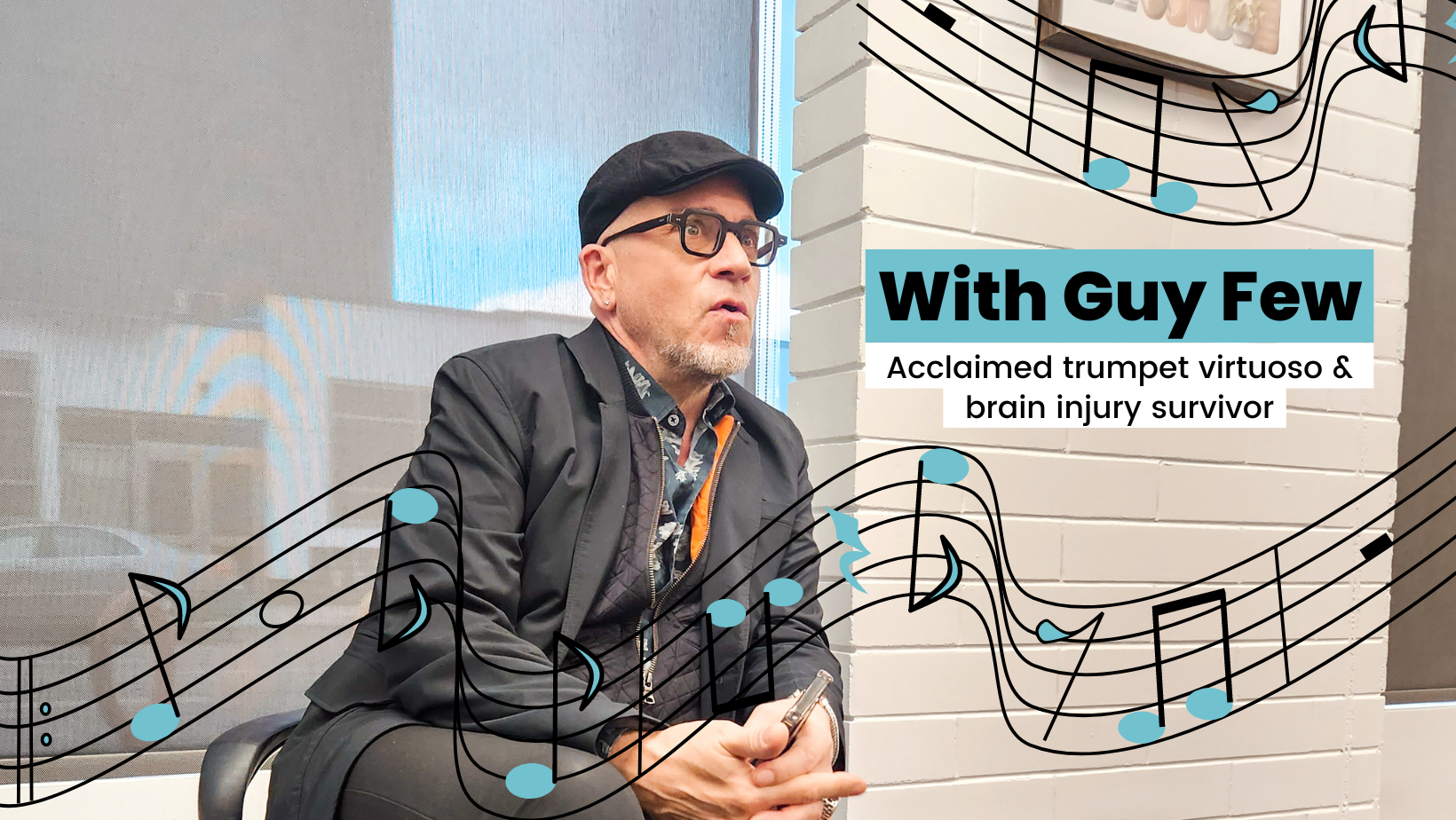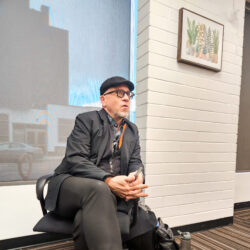
A Little Goes A Long Way
Your gift today is an investment in BrainTrust services that improve the lives of those with brain injury.
Donate Today


Music serves many purposes. It is a source of entertainment, happiness, community, learning, and, most importantly for people recovering from brain injury, music stimulates the mind. As an organization who has supported individuals living with brain injury since 1986, we, at BrainTrust Canada, have seen firsthand the amazing, intricate relationship between music and the brain.
“I have worked with many clients throughout the years who have sustained life-changing injuries to their brain,” explains BrainTrust Executive Director, Amanda McFarlane. “Despite initially losing and needing to re-learn abilities like walking and talking, some brain injury survivors retain incredible musical abilities.” Many brain areas are involved in the reception and production of music and thus engage many areas of cognition, including acoustic analysis, information processing, sensory motor integration, learning, memory, decision making, emotion, and creativity.
Music also has powerful applications as a therapeutic approach to brain injury rehabilitation. Therapies involving dance and playing instruments help individuals with brain injury gain mobility, strength, and endurance as well as improve coordination of movement.
Singing and vocalizing can improve both verbal and non-verbal communication and help brain injury survivors improve vocal control and speech production. Imitating beats and rhythm or remembering the sequence of a song can aid in the rehabilitation of cognitive abilities such as attention, memory, and executive functioning.
And what’s most remarkable is that abilities learned and improved upon during music therapy can extend to everyday situations, such as communicating with family and remembering items to shop for at the grocery store, through the power of neuroplasticity.
In addition, a common struggle after brain injury is finding activities that give the individual purpose and meaning. Post-brain injury, many people are not able to return to work or school or fill life roles as they used to (e.g., caregiver). At BrainTrust, one of the most important things we do is give clients the resources to set and work towards meaningful goals after brain injury, through programs such as 1:1 Life Skills Support, Group Programs, and Clinical Counseling. As one Clinical Counselling client explains, “Art has always been all over the place in my life, but it’s been suppressed.” After attending therapy and finding stability and purpose, this client has re-discovered a love for playing the guitar and painting.
Music is especially important for Guy Few, both before and after his brain injuries. Guy grew up a child prodigy and was passionate about playing the trumpet and piano, among other musical pursuits, from a young age. He has had a successful career as a musician after two brain surgeries for Cavernous Hemangioma (abnormal clusters of tightly packed, thin-walled capillaries prone to bleeding) which resulted in memory loss and other complications. Guy is performing with the Okanagan Symphony Orchestra on November 18-20th as a guest soloist. During his visit, we were fortunate to welcome Guy to speak at our weekly Peer Support group and share his story and insights to clients living with brain injury.

Guy Few, acclaimed trumpet virtuoso and brain injury survivor, speaking to clients in BrainTrust’s Peer Support Group.
Every brain injury is unique. Brain injuries can happen unexpectedly and affect anyone. Each brain injury survivor has unique symptoms, a unique recovery, and a unique story. By taking time to understand each person, we can provide care that helps them build a meaningful life.
Honour your progress. You may feel the pressure of others’ expectations or the need to make comparisons, but you should always celebrate your progress. Progress can happen days, months, and years after the initial injury. What others might perceive as a small win, can be a big win for a brain injury survivor.
Music, art, and creative expression are healing. While living with and recovering from brain injury, find things you enjoy. For Guy, his music, wood carving, and teaching are pursuits that have kept him going. It can feel difficult, scary, or even impossible to find meaningful activities, get started, and set goals but there is something out there for every brain injury survivor. It’s not going to be easy at first, but it will be worth it.
Make space for individuals to tell their stories. Listening and creating a safe environment to share one’s story and experiences is one of the most powerful and impactful things you can do to support a brain injury survivor. When Guy spoke in our Peer Support group, he didn’t just share his story: he said to the others in the room, “Tell me your story.”
From struggle comes compassion and understanding. After sustaining a brain injury, many individuals (including Guy) say they feel a greater sense of compassion, understanding, and warmth for others. Although living with brain injury does not necessarily mean you will completely understand another’s experience, you may have more empathy for others struggling, reduce assumptions when you don’t know another’s situation, and provide help in the ways you wish to be supported.
You can learn more about Guy Few and find information about upcoming concerts by clicking here.
The Okanagan Symphony Orchestra (OSO) has had the privilege of sharing live music experiences with residents and visitors to the Okanagan for over 60 years. As the third largest professional orchestra in BC, the OSO, through the leadership of Music Director Rosemary Thomson, has produced a highly professional ensemble. In addition to the OSO’s many live public concerts, our community engagement programs bring unique music and learning experiences to preschoolers and their families, students and schools, and to youth through our flagship Okanagan Symphony Youth Orchestra (OSYO).